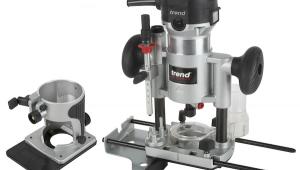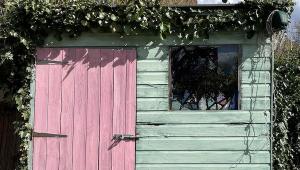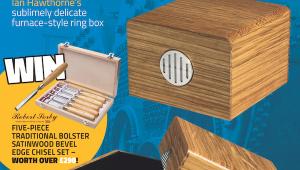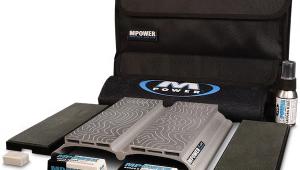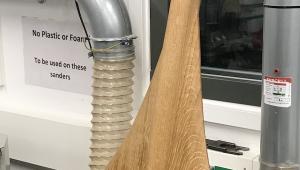Oak and Teak glue...
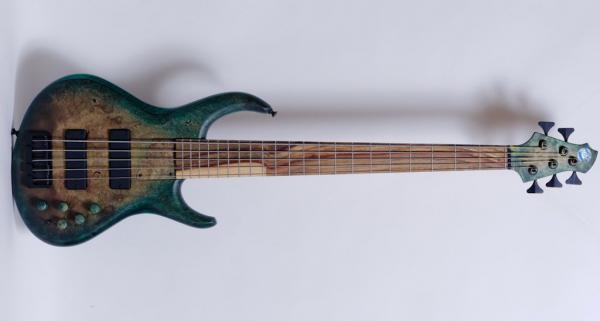
Make Wood Good Ltd, UK Distributers of the Marine Epoxies of Smiths and Co. of California, are proud to introduce Oak and Teak Epoxy Wood Glue to the UK market.
Oak and Teak glue, the all wood glue, is a two part epoxy resin made largely from the resins of wood itself. That is why it can dissolve the natural oils of oily hardwoods, and why it bonds all oily hardwoods such as Teak, Cocobolo and Ebony. Epoxy glues made from petrochemicals cannot do this. Oak and Teak Epoxy Wood Glue will of course bond all non oily hardwoods and softwoods that lesser epoxies are also capable of gluing. Oak and Teak Epoxy Wood Glue is unaffected by the natural acids common to many woods, which is why it bonds Oak so readily.
It will also (with proper chemical surface preparation) glue a wide variety of metals, glass, rubber and also glue many plastic materials. The cured adhesive is completely waterproof and weatherproof. Oak and Teak Epoxy offers a very long working time, 2 Hours at 20 centigrade, and will not smoke off like other epoxy adhesives if mixed in large quantities.
Our Epoxy Cleanup Solvent will dissolve and clean up excess Oak and Teak Epoxy Glue before it has gelled. Once cured, there is no clean-up solvent. The cured adhesive is easily sanded back, and leaves an unobtrusive glue line. It is a translucent orange in colour, so blends in nicely with natural wood colours.
MixingMeasure the Oak and Teak Epoxy wood glue out. It is a 1:1 mix ratio, so very easy to get right, and it is very forgiving of mix ratio errors. Use 10 parts A to 12 parts B if measured by weight.
Mix the Oak and Teak epoxy thoroughly, all two part adhesives require very thorough mixing to set properly. Wait around ten minutes until the mixed glue turns from white to amber before using it.
ApplicationNever clean the surfaces with solvents even if you are gluing very oily wood such as Cocobolo or Teak. Solvents will be absorbed by the wood which will interfere with the penetration of the glue and weaken the resulting joint. Oak and Teak Epoxy will not be affected by the oils in the wood. This is a major advantage over our competitor products, which require the use of solvents that inevitably reduce joint strength.
Apply the Oak and Teak epoxy to both surfaces of the joint and allow the wood to soak up as much as it wants to. End grain and porous woods such as the edges of plywood will soak up more. Scarf and Butt joints are especially prone to soaking up glue because of their end grain surfaces. Allow the wood to soak up the adhesive, deep penetration gives strong joints, and it stops the joint being starved of glue after assembly as the wood soaks the glue up then. Oak and Teak Epoxy has a long working time, you do not have to rush this stage.
Clamp the joint using moderate pressure. The use of too much pressure will starve the joint of glue and weaken the joint.
FinishingClean any excess glue from the joint area with paper towels. Avoid the use of solvents if you can as they can penetrate the wood and weaken the joint. If you must use solvents, use our Epoxy Clean Up Solvent sparingly.
Allow the glue to harden before stressing the joint. All Smiths Epoxy resins use their Dual Synergistic Catalyst™ which will ensure a full dependable cure at temperatures as low as -2° C (28° F).
Oak and teak epoxy dries to a translucent pale orange. It is easy to sand and leaves very inconspicuous glue lines once finished. Oak and Teak Epoxy resin will fill gaps in joints.
PackagesOak and Teak Epoxy is available in packages from a 25ml twin barrel syringe up to 7.6 litre packs.
It can be ordered from www.makewoodgood.com, and is supplied with comprehensive instructions. Telephone support is available from MakeWoodGood Ltd on 01732 824 700.
Testimonial from Michael Tobias Design (Guitar-maker)
What we like about Smith & Co. products is that they work–no glue failures: Better guitar finish adhesion; secure fingerboard glue joint. I have been recommending your glues for a long time. I would not dream of gluing on a fingerboard with anything other than your glue and I doubt my finishes would be the same without CPES
- Log in or register to post comments

